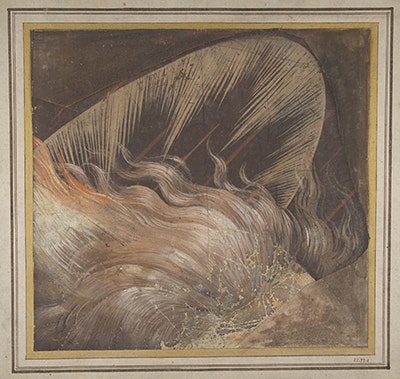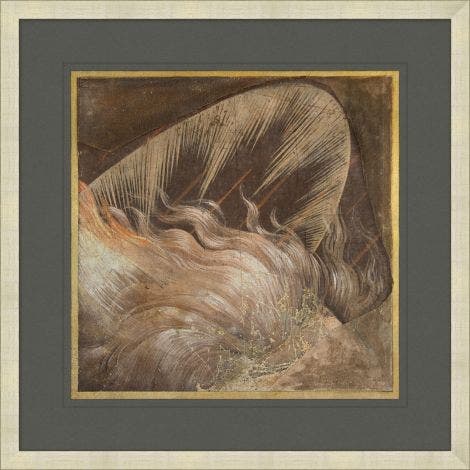Local Storage seems to be disabled in your browser.
For the best experience on our site, be sure to turn on Local Storage in your browser.
Olympian Radiance

This Met x Wendover Art Group design draws inspiration from an original work of art in
The Metropolitan Museum of Art collection.
Our inspiration: Head of an Apostle Surrounded by
a Tongue of Fire and a Nimbus: Fragment of a Cartoon
for a Descent of the Holy Spirit
School of Raphael (Raffaello Sanzio or Santi) (Italian, 1483–1520)
Brush, yellow, orange, brown, cream, and white gouache;
10 1/4 x 10 7/8 in.; 1500–50
Gift of John W. Lisle, in memory of his father,
Joseph William Lisle, 1922 22.72.6
This drawing is housed in The Met’s esteemed Drawings and Prints collection, comprising approximately 21,000 drawings, 1.2 million prints, and 12,000 illustrated books created in Europe and the Americas from around 1400 to the present day. Since this Museum collection area was founded in 1916, it has been committed to collecting a wide range of works on paper, which includes both pieces that are incredibly rare and lauded for their aesthetic appeal, as well as material that is more popular, functional, and ephemeral. Such a broad scopedemonstrates the vital role that prints, drawings, and illustrated books have played throughout history.

This Met x Wendover Art Group design draws inspiration from an original work of art in
The Metropolitan Museum of Art collection.
Our inspiration: Head of an Apostle Surrounded by
a Tongue of Fire and a Nimbus: Fragment of a Cartoon
for a Descent of the Holy Spirit
School of Raphael (Raffaello Sanzio or Santi) (Italian, 1483–1520)
Brush, yellow, orange, brown, cream, and white gouache;
10 1/4 x 10 7/8 in.; 1500–50
Gift of John W. Lisle, in memory of his father,
Joseph William Lisle, 1922 22.72.6
This drawing is housed in The Met’s esteemed Drawings and Prints collection, comprising approximately 21,000 drawings, 1.2 million prints, and 12,000 illustrated books created in Europe and the Americas from around 1400 to the present day. Since this Museum collection area was founded in 1916, it has been committed to collecting a wide range of works on paper, which includes both pieces that are incredibly rare and lauded for their aesthetic appeal, as well as material that is more popular, functional, and ephemeral. Such a broad scopedemonstrates the vital role that prints, drawings, and illustrated books have played throughout history.



